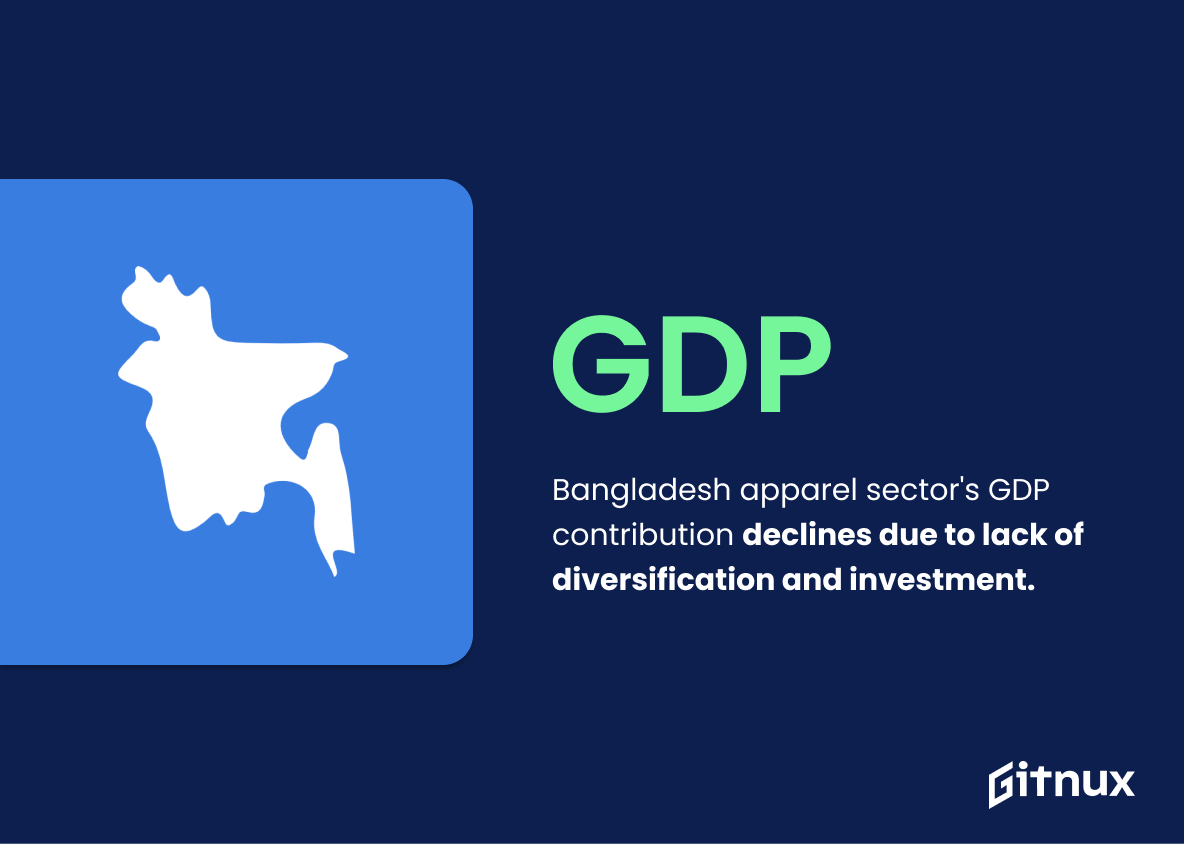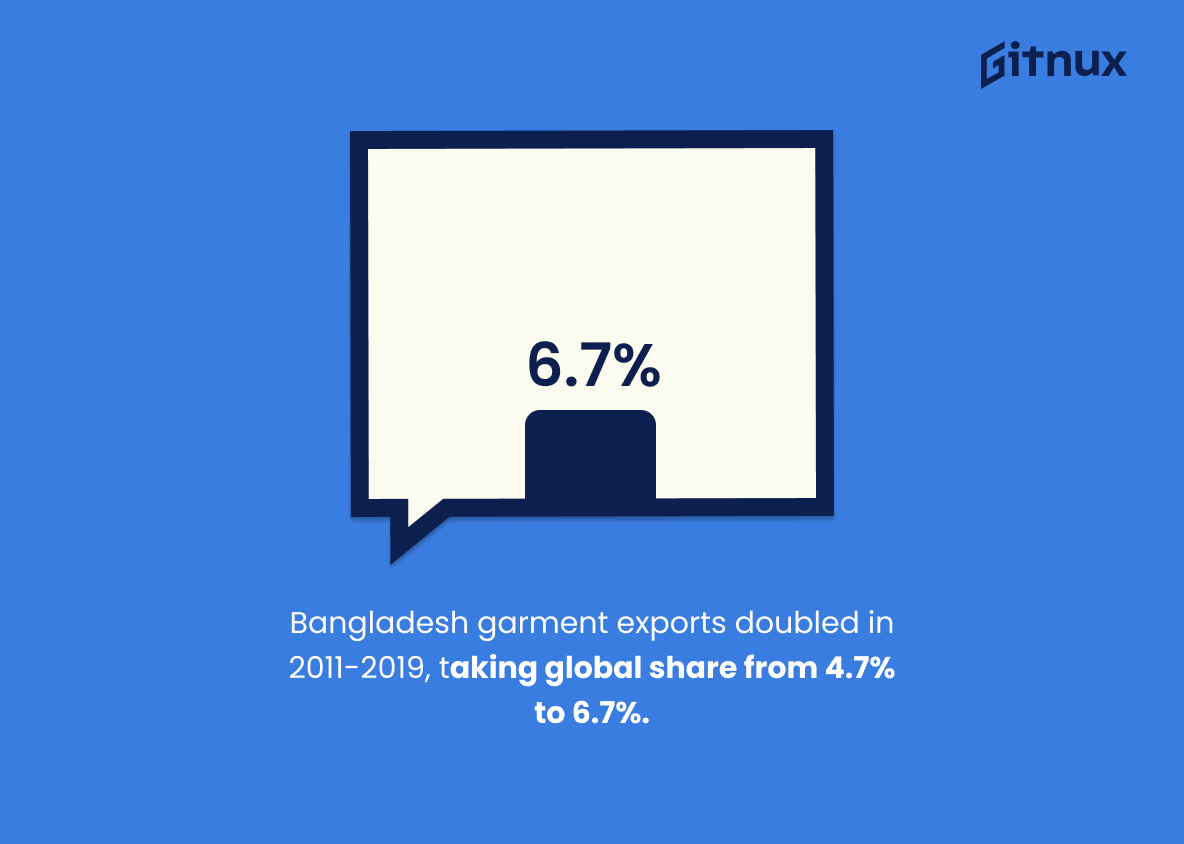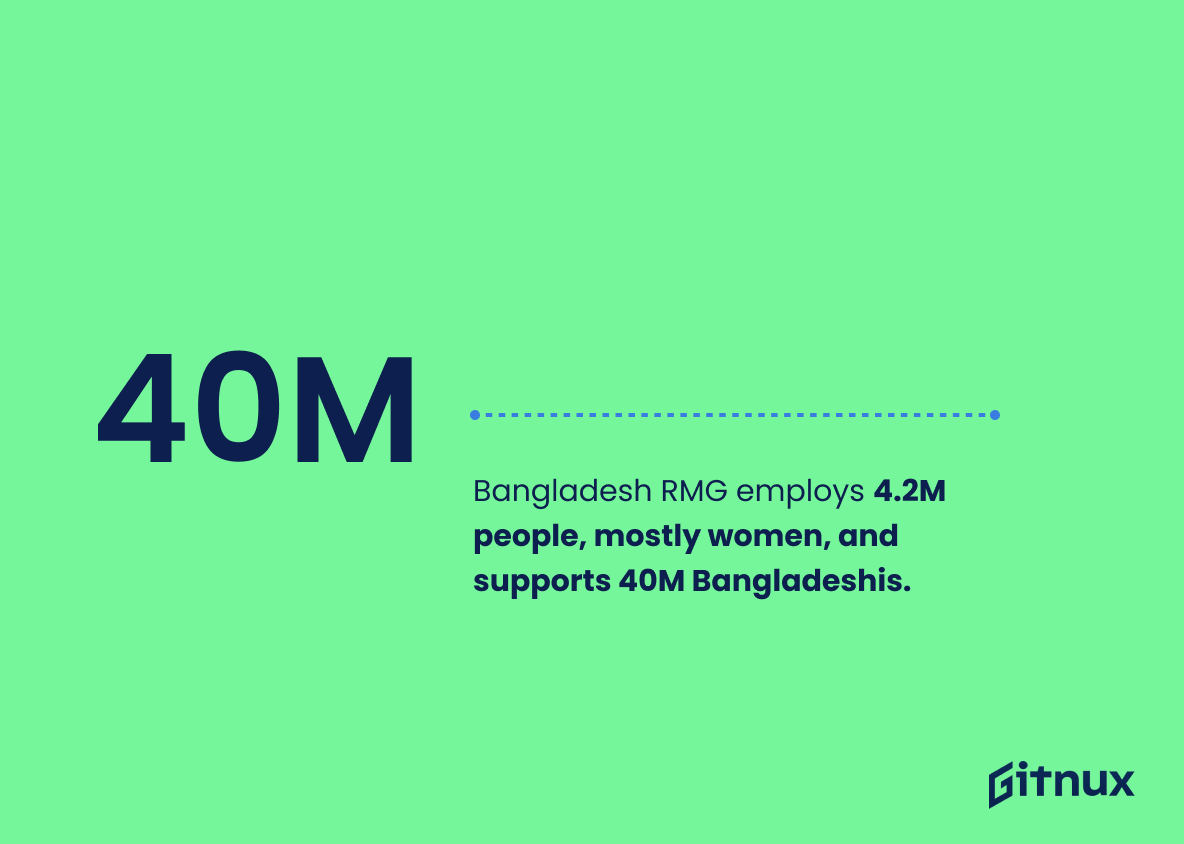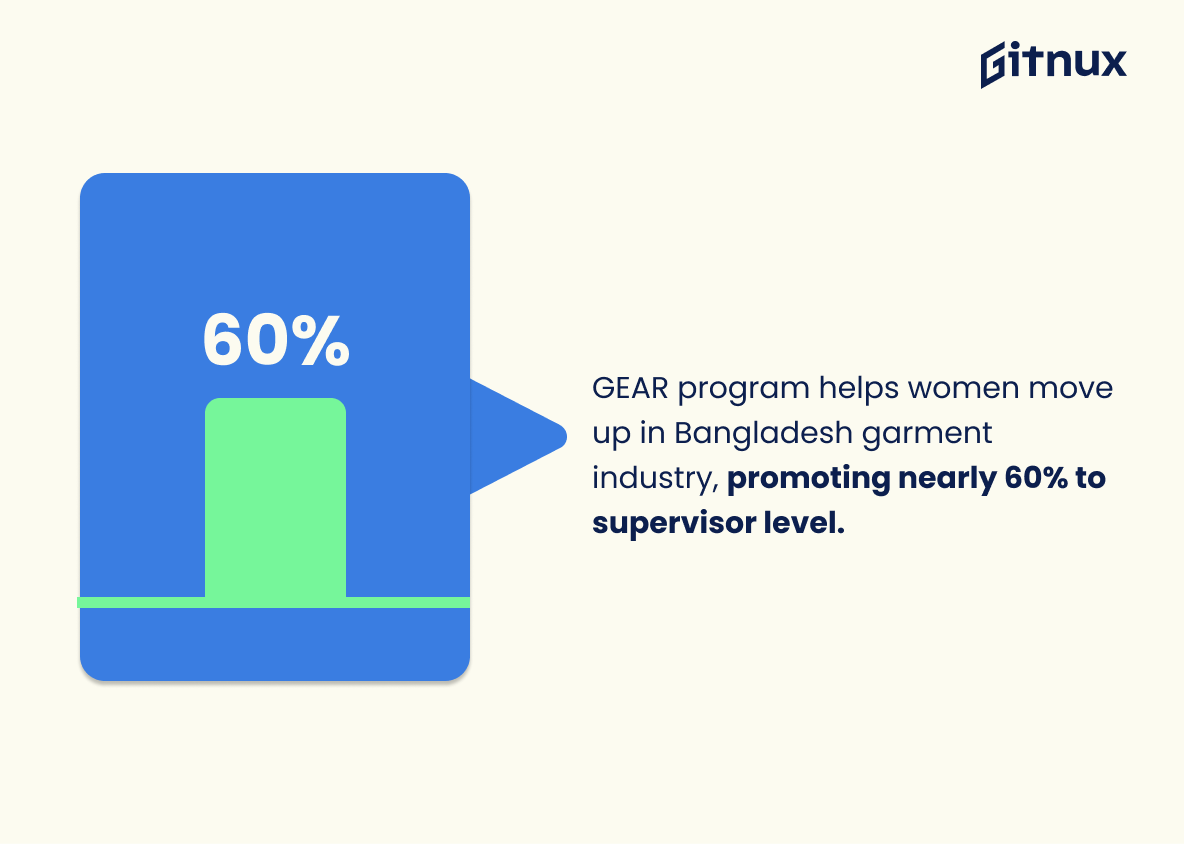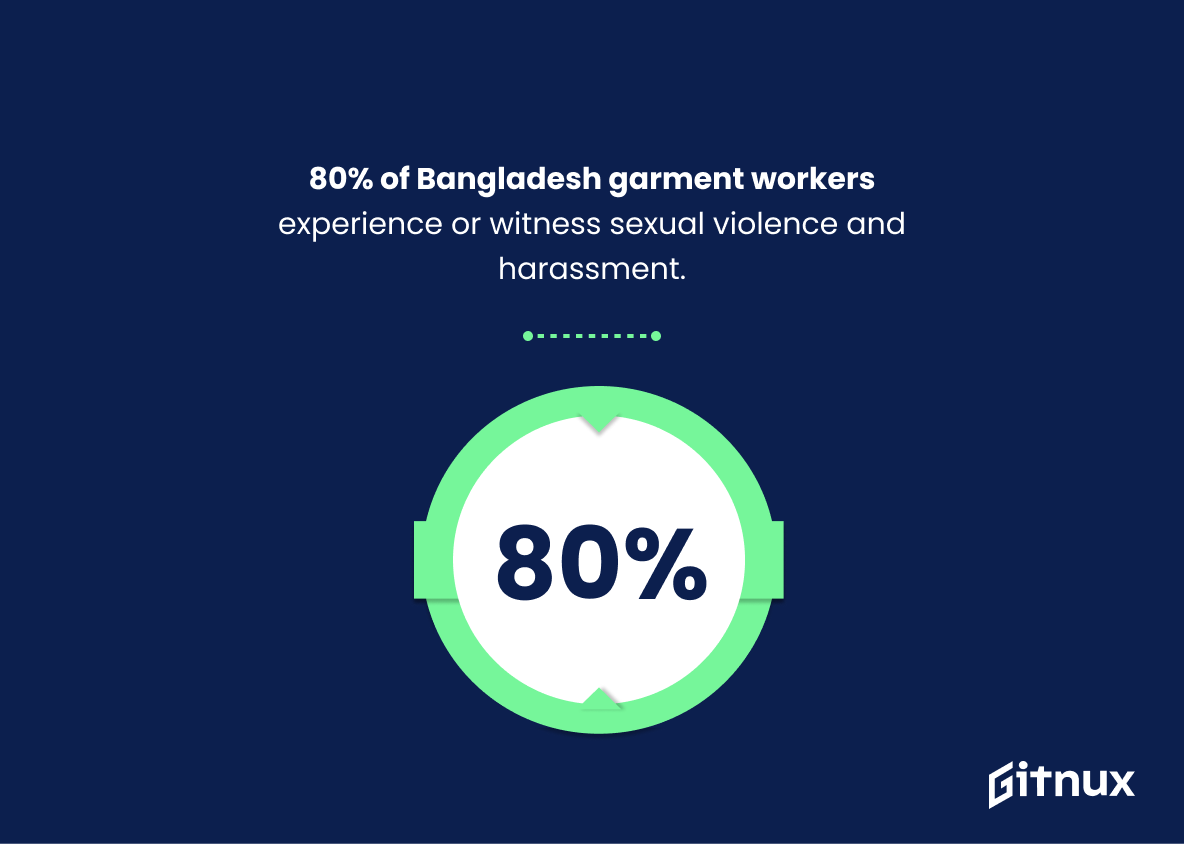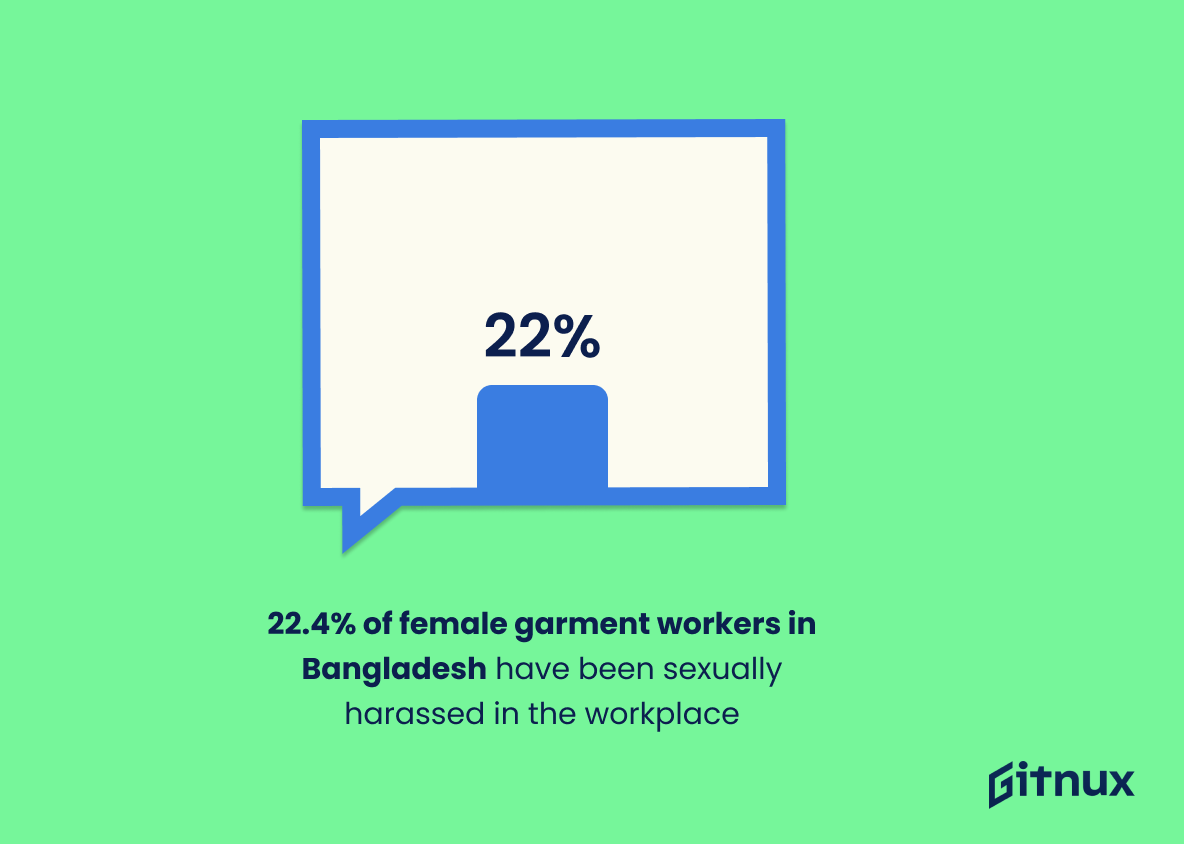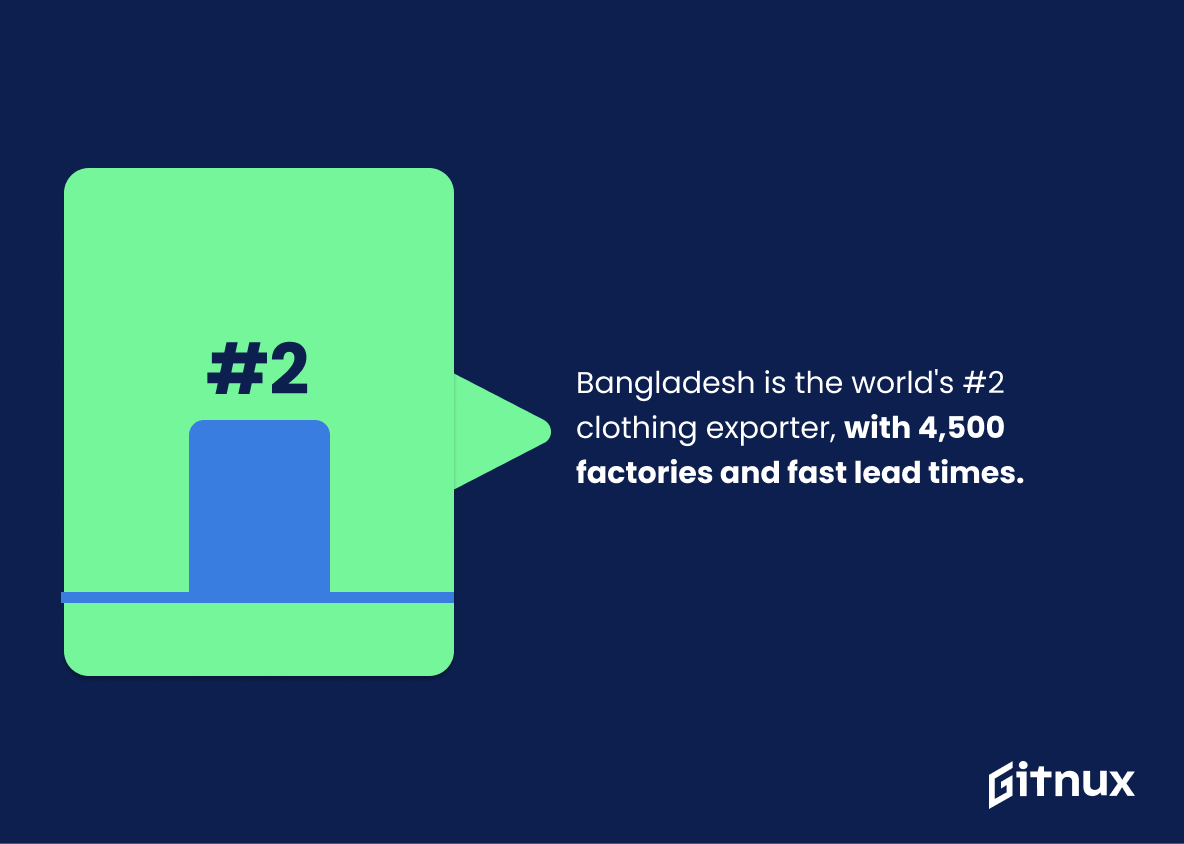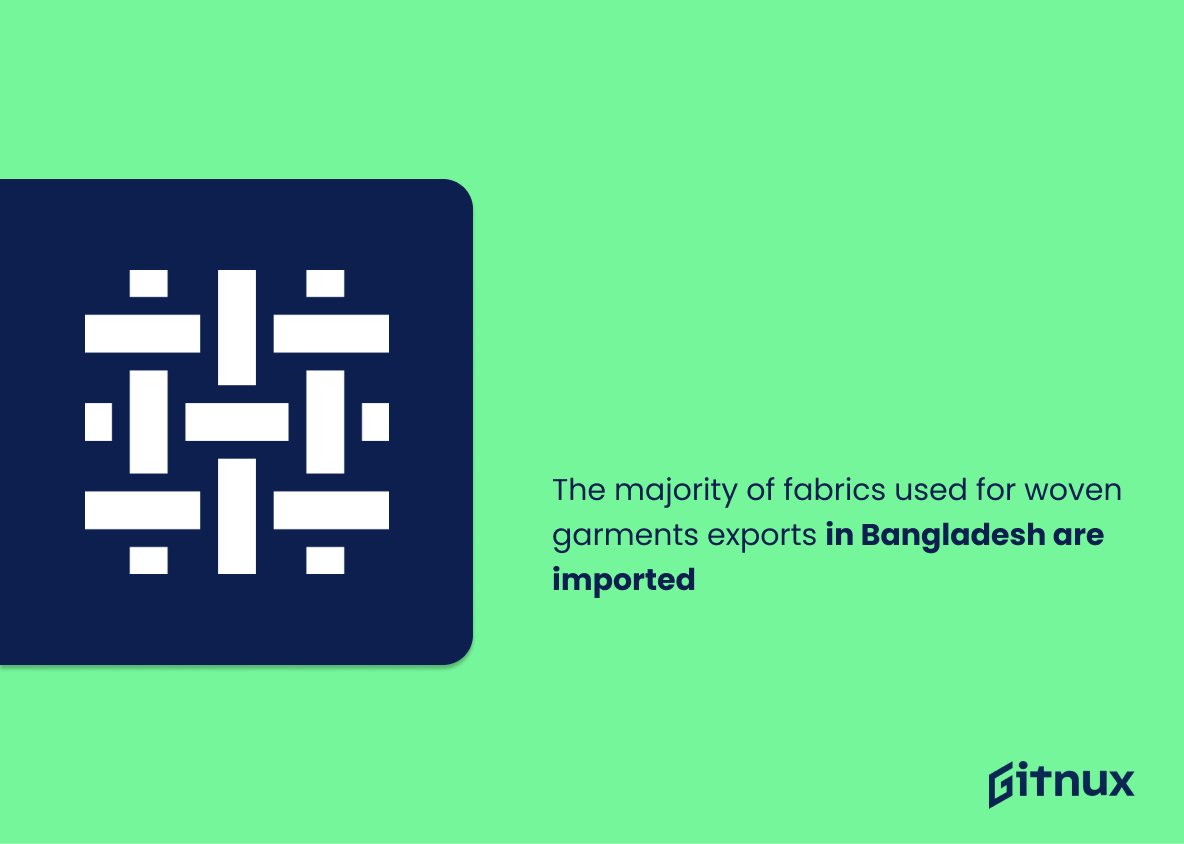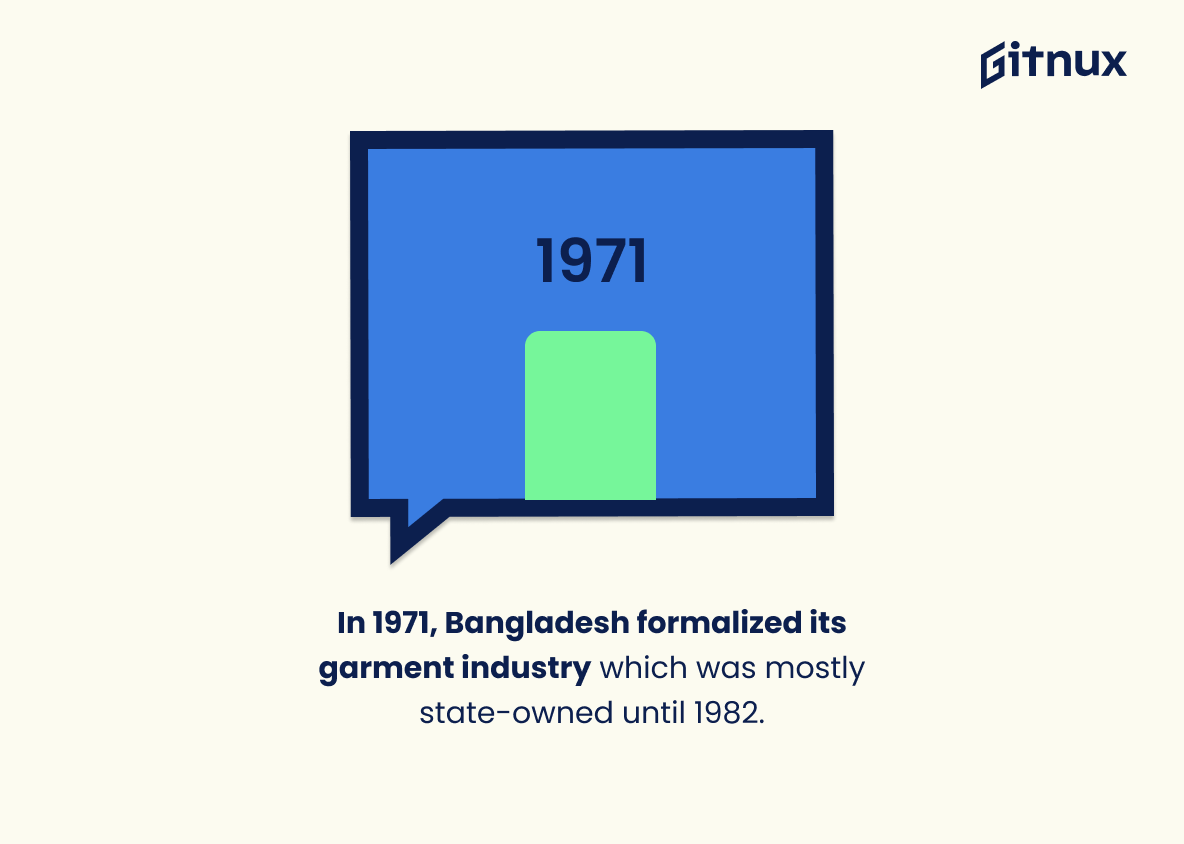The Bangladesh garment industry has become one of the most important economic sectors in the country. It has been a major contributor to the country’s economic growth and development, and it is estimated that the industry accounts for around 80% of the country’s exports.
In this article, we’ll take a look at some of the key statistics related to the Bangladesh garment industry and explore how it has grown over the years. We’ll also discuss the impact of the industry on the country’s economy and its people, and how the industry is likely to evolve in the future.
Bangladesh’s Garment Industry: Important Statistics
The RMG sector in Bangladesh directly employs 4.2 million people, 60% of whom are women, and indirectly supports 40 million Bangladeshis.
Bangladesh’s apparel industry earned $3.2 billion in December 2015, representing 83% of the country’s export earnings and 20% of its GDP.
Bangladesh’s Garment Industry: Statistics Overview
The Bangladesh apparel sector’s contribution to GDP has declined for the past 5 years due to lack of product diversification and sluggish private investment.
The garment industry is not growing as quickly as it could be and is not contributing as much to the GDP as it has in the past.
This could have a negative effect on the economy of Bangladesh and could lead to a decrease in employment opportunities in the garment industry.
Bangladesh’s RMG exports more than doubled from 2011 to 2019, with a compound annual growth rate of 7%, and its share of global garment exports increased from 4.7 to 6.7%.
However, the pandemic caused a 17% drop in RMG exports, resulting in revenue losses of up to $5.6 billion. This shows the impact of the pandemic on the industry, which had been growing steadily in the years prior.
It also highlights the importance of the industry to the country’s economy, as the losses due to the pandemic were significant.
The RMG sector in Bangladesh directly employs 4.2 million people, 60% of whom are women, and indirectly supports 40 million Bangladeshis.
This is important because it provides low-skilled, entry level jobs for young people with or without education, and is a major source of formal employment in the country.
The GEAR program has enabled more women to move up the career ladder in the garment industry in Bangladesh, with nearly 60% of trainees being promoted to supervisor level after completing the program.
This has allowed more women to access higher-level positions in an industry where they make up the majority of the workforce, but previously had little opportunity to progress.
80% of garment workers in Bangladesh have experienced or witnessed sexual violence and harassment at work, with 90% saying their job is negatively impacting their health.
This highlights the prevalence of sexual violence and harassment in the Bangladesh garment industry, which is one of the largest industries in the country.
This statistic also shows the negative impact that this violence and harassment has on the health and wellbeing of garment workers, which is a major concern in Bangladesh. This statistic is a call to action for the industry to take steps to address the issue and ensure the safety of garment workers.
22.4% of female garment workers in Bangladesh have been sexually harassed in the workplace, with 28% of these incidents involving inappropriate touching by their supervisors.
This highlights the prevalence of sexual harassment in the Bangladesh garment industry, which is a major employer of women in the country.
It also reveals the power dynamics at play in the industry, where supervisors are able to exploit their positions of authority to commit acts of sexual harassment. This highlights the need for better protection and enforcement of laws against sexual harassment in the workplace.
Bangladesh is the second largest clothing exporter in the world, with 4,500 factories and a reputation for providing high lead-time considerations.
This highlights the success of the Bangladesh garment industry, which is driven by both cheap labor and the ability to deliver orders on-time and at a lower price than other lead contractors. This success is beneficial to the country’s economy and its citizens.
Bangladesh’s apparel industry earned $3.2 billion in December 2015, representing 83% of the country’s export earnings and 20% of its GDP.
This shows the significant contribution of the apparel industry to the country’s economy. This highlights the importance of the garment industry to Bangladesh’s economic growth and development.
The majority of fabrics used for woven garments exports in Bangladesh are imported, meaning higher purchasing costs, stronger dependence on an external supplier, and pricing disadvantages due to higher import duties on the EU markets.
This matters in the context of Bangladesh Garment Industry Statistics because it increases costs and reduces the competitiveness of Bangladeshi exports in the global market.
In 1971, Bangladesh formalized its garment industry which was mostly state-owned until 1982 when it was privatized and returned to its original owners.
This shows the development of the garment industry in Bangladesh over time. It demonstrates how the industry has evolved from being state-owned to being privatized, which has had a significant impact on the industry’s growth and success. This statistic is also important because it highlights the importance of privatization in the growth of the garment industry in Bangladesh.
Conclusion
In conclusion, the Bangladesh garment industry is a major contributor to the country’s economy and is one of the largest employers in the country. It is estimated that the industry employs around 4 million people and contributes around 80% of the country’s total exports.
The industry has grown significantly over the past few years and is expected to continue to grow in the future. The industry has also faced some challenges such as the Rana Plaza disaster and the minimum wage issue, but the government and industry stakeholders are working together to address these issues. The Bangladesh garment industry is an important part of the country’s economy and is expected to continue to be a major contributor to the country’s growth.
References
1 – Post Detail – Majumder Group
2 – What’s next for Bangladesh’s garment industry, after a decade of growth? | McKinsey
3 – Gender equality in the Bangladesh RMG industry (ilo.org)
4 – More women take on supervisory roles in Bangladesh’s garment sector (dhakatribune.com)
5 – 80% of garment workers in Bangladesh have experienced or witnessed sexual violence and harassment at work | ActionAid International
6 – Over 22% female garment workers face sexual harassment at workplace | Dhaka Tribune
7 – Bangladesh Garment Industry Statistics, Trends & Analysis – Dekko ISHO Group
8 – Bangladesh Garment Industry Statistics, Trends & Analysis – Dekko ISHO Group
9 – Prospects Of The Textile And Clothing Industry In Bangladesh :An Overview. | FASHION PRESS24
10 – Bangladesh Garment Industry Statistics, Trends & Analysis – Dekko ISHO Group
